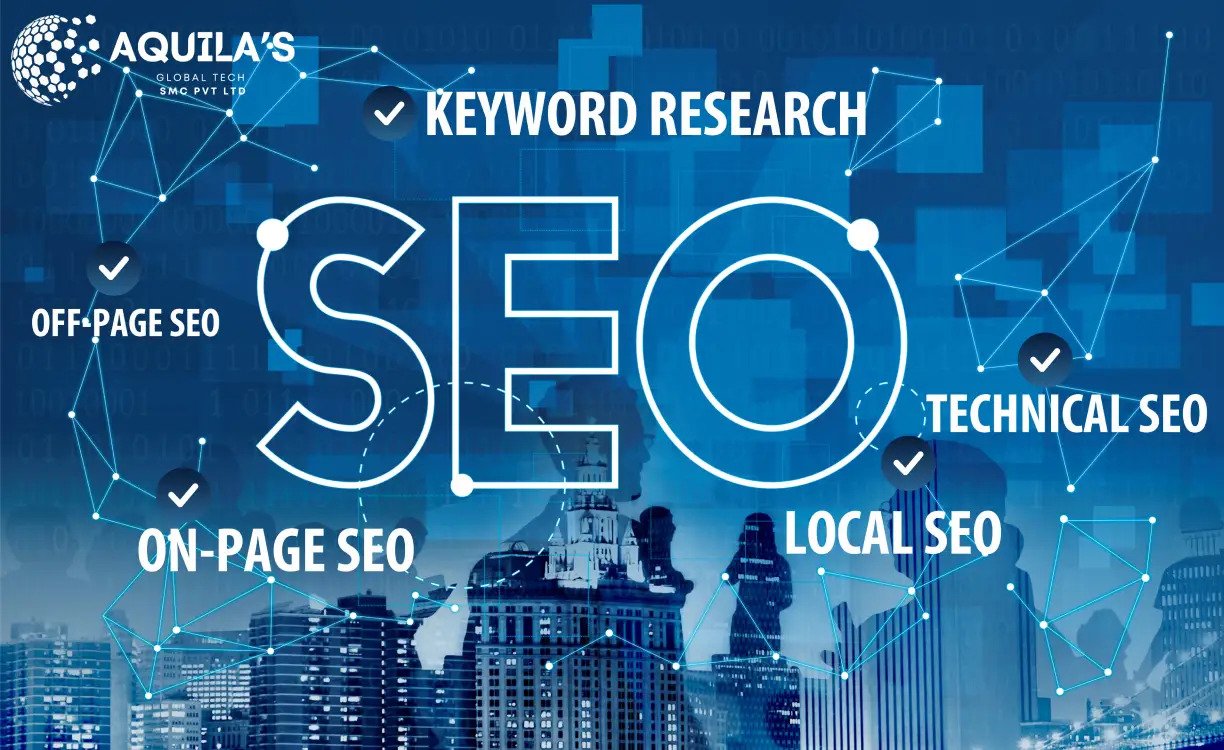In the ever-evolving marketing and advertising landscape, the shift from traditional print mediums to digital has been one of the most significant transformations. This evolution has not only changed the way businesses promote their products and services but has also revolutionized the way consumers interact with brands. Let’s delve into the depths of this transition, exploring its historical context, key milestones, and the profound impact it has had on the advertising industry.
The Dawn of Print Advertising
The roots of modern advertising can be traced back to the emergence of print media in the 17th century. With the invention of the printing press, newspapers, magazines, and posters became powerful tools for disseminating information and promoting goods and services. Print advertisements relied heavily on visuals and catchy slogans to capture consumers’ attention. Brands vied for prime placement in newspapers and magazines, hoping to reach their target audience and drive sales.
During the 20th century, print advertising reached its zenith, with iconic campaigns immortalized in the collective consciousness. Think of Coca-Cola’s timeless ads featuring Santa Claus or Marlboro’s rugged cowboy, both of which became synonymous with their respective brands. Print advertising offered a tangible connection between brands and consumers, allowing them to interact with physical materials and imagery.
The Digital Revolution
The advent of the internet in the late 20th century paved the way for a seismic shift in advertising. As consumers increasingly turned to digital platforms for information and entertainment, advertisers followed suit, recognizing the immense potential of reaching audiences online. The rise of search engines, social media, and e-commerce transformed the advertising landscape, offering unprecedented opportunities for targeting and personalization.
Key Milestones in Digital Advertising
- The Birth of Search Advertising: In the early 2000s, Google introduced Ad Words, revolutionizing how businesses advertise online. By bidding on keywords, advertisers could ensure their ads appeared alongside relevant search results, reaching consumers when they expressed interest in a product or service.
- The Rise of Social Media Advertising: Platforms like Facebook, Twitter, and Instagram emerged as advertising powerhouses, offering sophisticated targeting options based on user demographics, interests, and behavior. Social media ads allow brands to engage with consumers more effectively and personally, fostering community and brand loyalty.
- The Era of Programmatic Advertising: Programmatic advertising automated the process of ad buying and placement, leveraging algorithms to target specific audiences across a vast network of websites and apps. This technology enabled advertisers to optimize real-time campaigns, maximizing ROI and efficiency.
- Mobile Advertising Dominance: With the proliferation of smartphones, mobile advertising has become a cornerstone of digital marketing strategies. Mobile ads encompassed various formats, including banners, videos, and in-app promotions, catering to consumers’ on-the-go lifestyles.
Impact on Advertising Practices
The shift to digital advertising has brought about profound changes in how brands connect with consumers:
- Targeted Advertising: Digital platforms enable hyper-targeted advertising, allowing brands to deliver personalized messages to niche audiences based on their interests, demographics, and online behavior.
- Measurable Results: Unlike traditional print advertising, digital campaigns offer robust analytics and tracking capabilities, providing advertisers real-time insights into campaign performance and ROI.
- Interactive Experiences: Digital ads can incorporate interactive elements such as quizzes, polls, and immersive multimedia, enhancing user engagement and driving brand interaction.
- Continuous Optimization: The digital landscape allows for iterative testing and optimization, enabling advertisers to refine their messaging, targeting, and creative assets for maximum impact.
Looking Ahead
As technology continues to evolve, so too will the advertising industry. Emerging trends such as AI augmented reality and voice search promise to reshape how brands communicate with consumers in the digital age. However, amidst these advancements, the fundamental principles of effective advertising remain unchanged: understanding your audience, crafting compelling narratives, and delivering value at every touch point.
In conclusion, the evolution of advertising from print to digital represents a paradigm shift in how brands engage with consumers. While print advertising will always hold a place in history, the digital realm offers unparalleled opportunities for innovation, creativity, and connectivity. By embracing these changes and leveraging the latest technologies, advertisers can continue to captivate audiences and drive business results in an ever-changing landscape.



